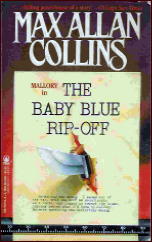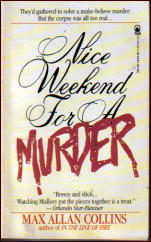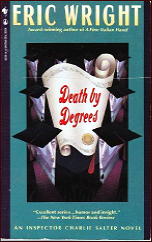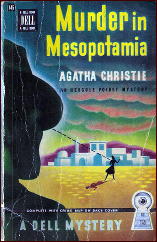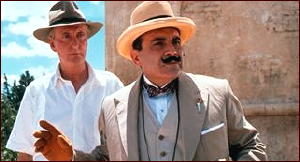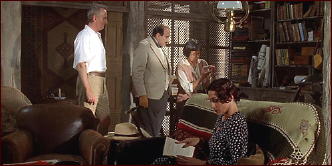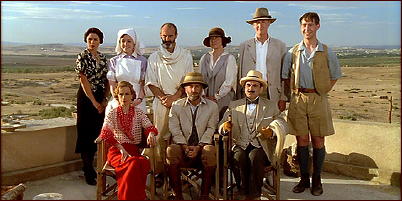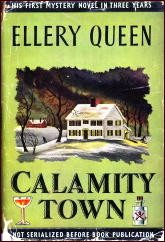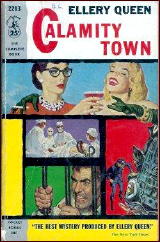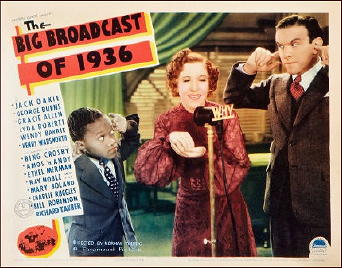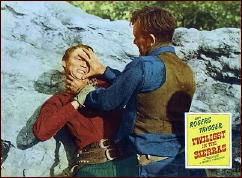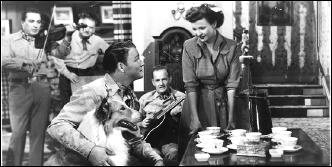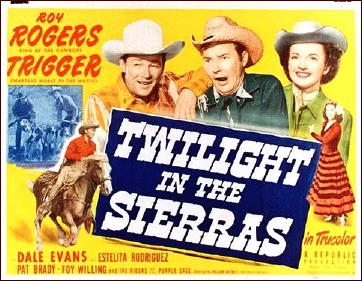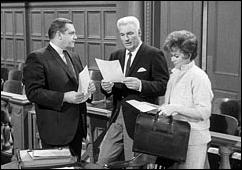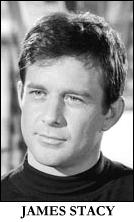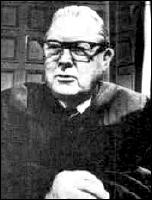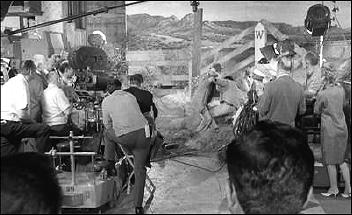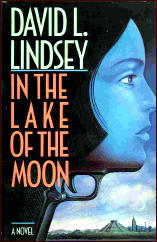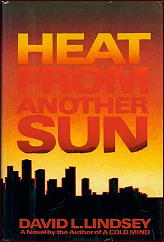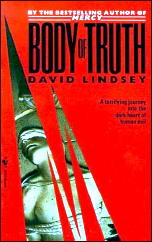EUNICE MAYS BOYD – Murder Wears Mukluks. Farrar & Rinehart Inc., hardcover, 1945. Dell #259, reprint paperback, mapback edition, 1948.
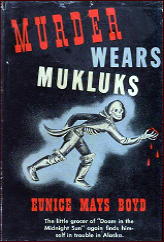
I’ve owned the Dell mapback edition of this book since I first became aware of the series, which is perhaps some 40 years ago. I’ve also been fascinated by the title, which I’m sure is unique in the annals of crime and detective fiction, but what I can’t explain to you (or anyone else, for that matter) why I never sat down to read the book until now.
Which I have, at last, but — I have to confess — I was disappointed. Not at first, though, not at all. I enjoyed the first fifty pages so much that I found inexpensive copies of the other two books in the series (see below) and ordered them online. All three books take place in Alaska, and the hero of record is a mild-mannered grocer in Fairbanks named F. Millard Smyth.
Or at least he’s a grocer in this one. The other two books are still en route, and I can’t swear to anything I don’t know for sure. After being visited by the previous owner of his store – F. Millard has fallen behind on his payments – he makes his nightly visit to his warehouse next door to stoke up the stove to keep his stock from freezing.
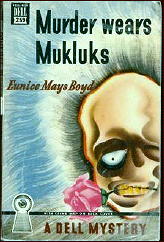
The building used to be an old dance hall, and F. Millard (which is how the author refers to him also) is treated to a ghostly dance by what appears to be a beautiful young woman on the balcony. The lights go out, and the F. Millard flees. In the morning, though, when he returns, he finds the body of the man to whom he owes the money he cannot repay, Tom Blaine.
The marshal’s deputy thinks he has the case solved right away, but when Jeff Peters, the marshal himself, returns, he demurs. It seems as though everybody who lives on the same short road as Smyth may have a motive – and opportunity, once their alibis are checked more closely.
As I say, it’s a fine beginning, but F. Millard Smyth, though he’s a devoted reader of Flatfoot magazine, is no great shakes of a detective, and if Jeff Peters is an improvement (and he is), the author of this pale imitation of a detective puzzle can’t seem to show it.

All of the possible suspects have known each other for a long time, and have been married to each other (some of them), or in love with each other (a different set than that of the previous category) and/or have cheated each other out of mining claims or furs or possibly some other tangible goods that I skimmed over. Strangely enough, the entire population of Fairbanks seems to live on this one short, dead-end street.
The biggest disappointment comes, however, with the ending, as the killer traps Smyth in his store, believing him to be coming too close to the truth (we know better), and proceeds to explain in detail how everything came about and why.
The recitation is long and complicated and takes up fifteen pages, before the marshal shows up and utilizes the last ten pages to clean up all the loose ends.
The F. Millard Smith series —
Murder Breaks Trail. Farrar, 1943.
Doom in the Midnight Sun. Farrar, 1944.
Murder Wears Mukluks. Farrar, 1945.

